Why 2000s Music Still Hits Harder Than Ever
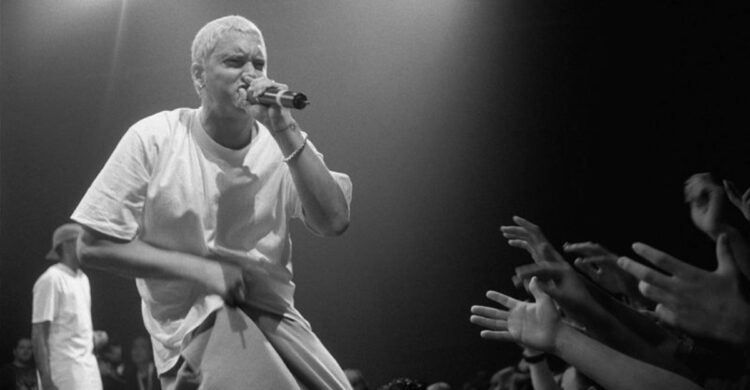
Remember when you’d rush home to burn a mix CD of your favorite songs? The 2000s brought us musical moments that still make us feel something special today. From pop princesses to rap legends, this decade shaped how we listen to music now. Let’s explore why those tunes from 20 years ago continue to hit differently than anything else on our playlists.
1. Raw Emotion Without Digital Filters
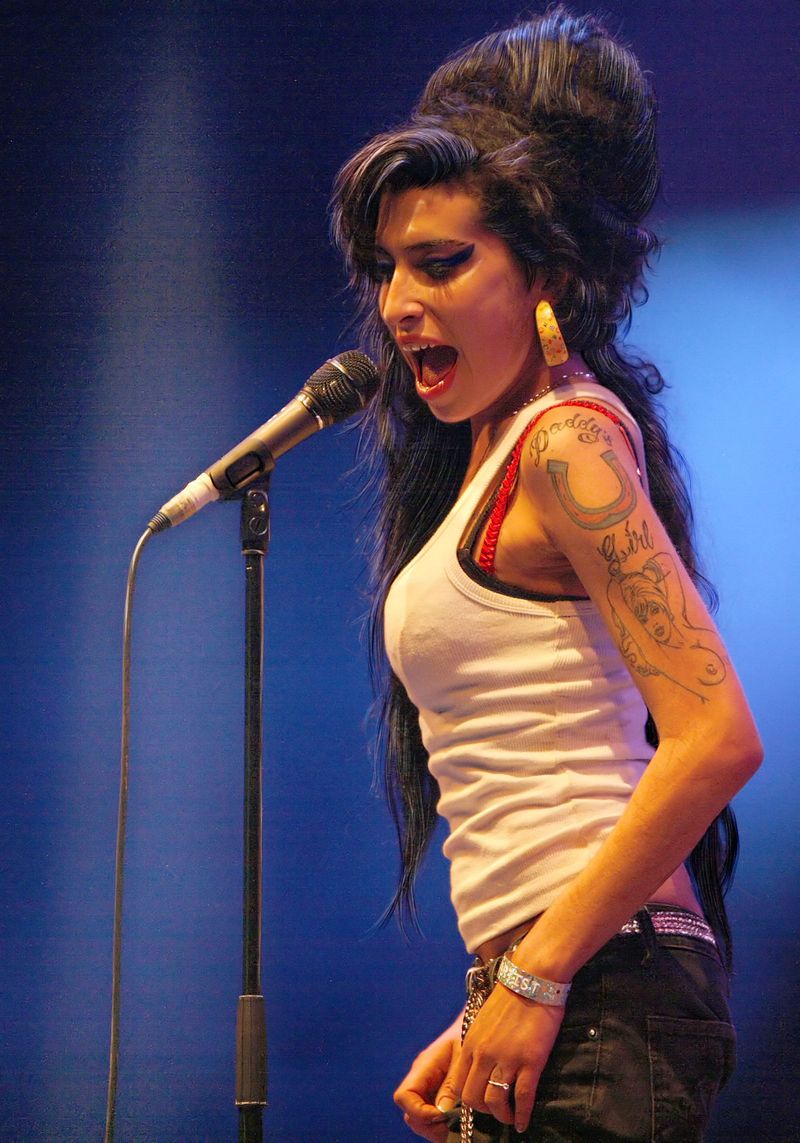
© Wikipedia, the free encyclopedia
Before autotune dominated everything, artists actually had to sing with real emotion. Bands like Linkin Park and singers like Amy Winehouse delivered performances that came straight from the soul, not from a computer program.
The imperfections in these recordings created authentic connections with listeners. You could hear Chester Bennington’s voice crack with genuine pain or Amy’s jazz-influenced vocal runs that no software could replicate.
This era captured human voices in their natural state – sometimes flawed but always genuine. That rawness makes these tracks feel more personal than today’s overproduced hits.
2. Genre-Blending Revolution
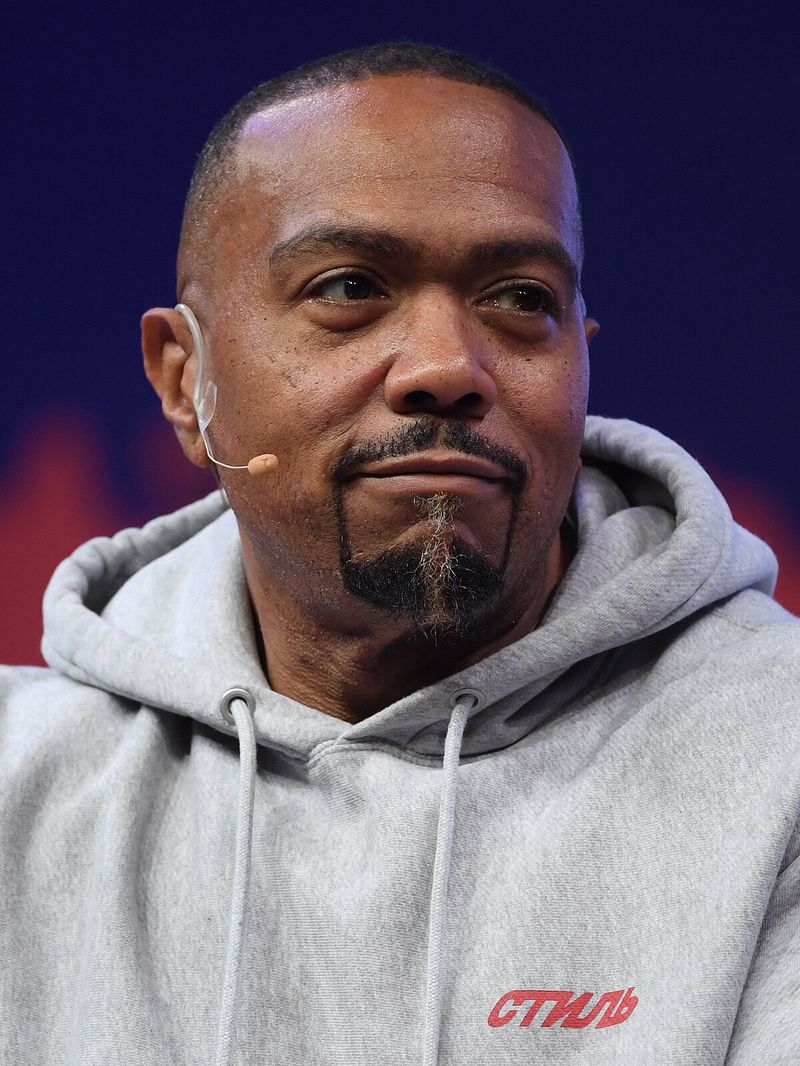
© Wikipedia, the free encyclopedia
Music boundaries completely collapsed during the 2000s. Suddenly Timbaland was producing for everyone from Justin Timberlake to Missy Elliott, creating sounds nobody had heard before.
Artists fearlessly mixed rock with hip-hop, electronic with pop, and country with R&B. Outkast’s “Hey Ya!” perfectly embodied this spirit – was it funk, hip-hop, or indie rock? Nobody could decide, but everyone loved it.
This experimental attitude gave us unforgettable crossovers like Jay-Z and Linkin Park’s collision on “Collision Course” or Nelly and Tim McGraw on “Over and Over.”
3. Peak Music Video Creativity
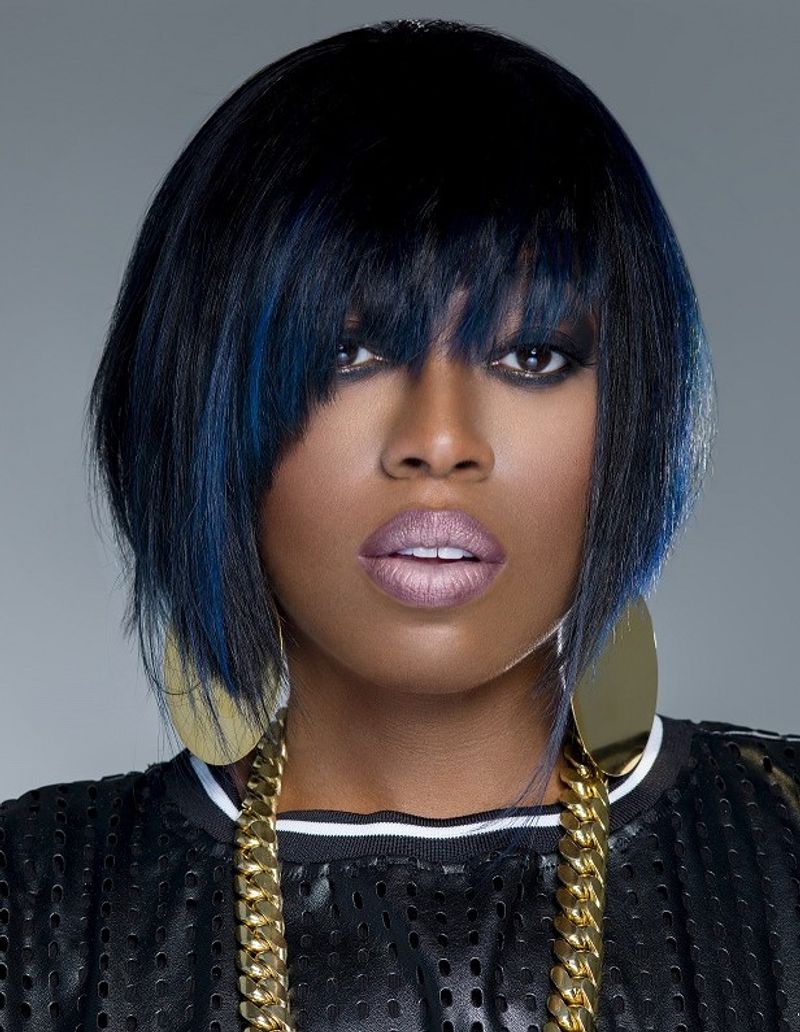
© Wikipedia, the free encyclopedia
MTV still played actual music videos, and artists invested serious money into visual storytelling. Remember OK Go walking on treadmills or Britney Spears dancing in that red jumpsuit? These weren’t just videos – they were cultural events.
Directors like Hype Williams and Dave Meyers crafted mini-movies with storylines, special effects, and choreography that demanded multiple viewings. Missy Elliott’s futuristic visions and Gorillaz’s animated world-building changed how we experienced music.
Unlike today’s quickly-filmed content, these productions took weeks to create and sometimes cost millions – a level of commitment to visual art rarely seen in today’s streaming era.
4. The Last Era of Shared Musical Moments
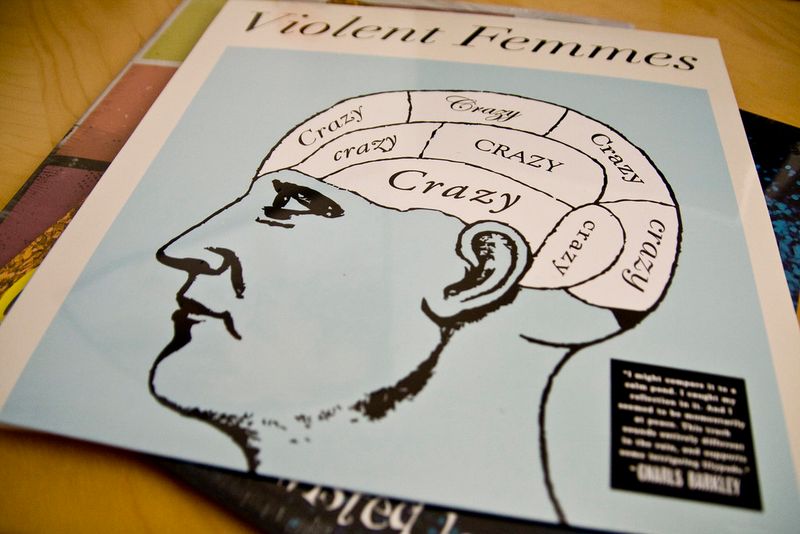
Everyone heard the same songs back then. Without algorithm-driven playlists separating us into bubbles, radio stations and MTV created collective experiences that united entire generations around hit songs.
When Gnarls Barkley’s “Crazy” or Outkast’s “Hey Ya!” dropped, the whole world seemed to be listening simultaneously. Friends made mixtapes for each other, introducing new discoveries through personal curation rather than computer suggestions.
School dances played tracks everyone knew the words to, creating memories tied to specific songs. These shared soundtracks to our lives built stronger cultural connections than today’s fragmented listening landscape.
5. Lyrics That Actually Told Stories
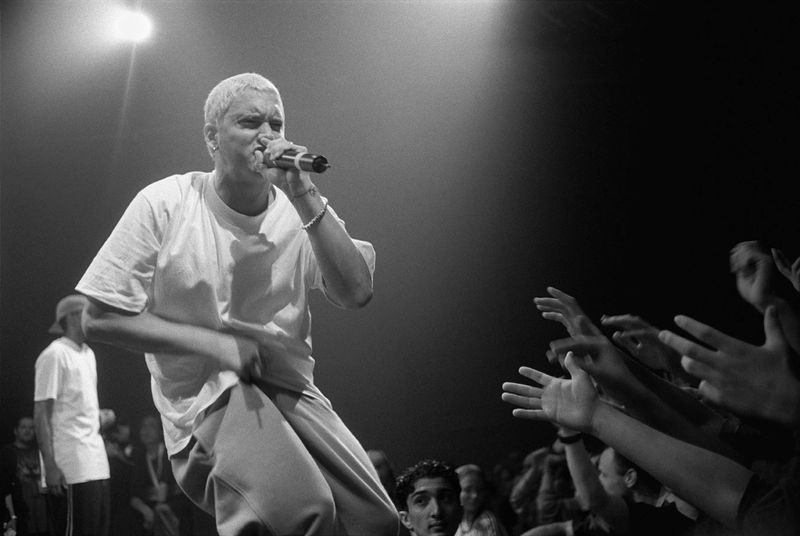
Songwriters crafted complete narratives within their tracks. Eminem’s “Stan” unfolded like a psychological thriller, while The Killers’ “Mr. Brightside” captured jealousy’s entire emotional journey in just a few verses.
Country crossover hits from Taylor Swift’s early career detailed teenage experiences with novelistic precision. Even club bangers had memorable lines beyond just hooks – think of 50 Cent’s vivid storytelling or Kanye’s clever wordplay before he became… well, current Kanye.
These songs rewarded careful listening with literary-quality stories and clever references. Modern streaming optimization often sacrifices this depth for immediate hooks designed to prevent skips.
6. The Physical Music Experience
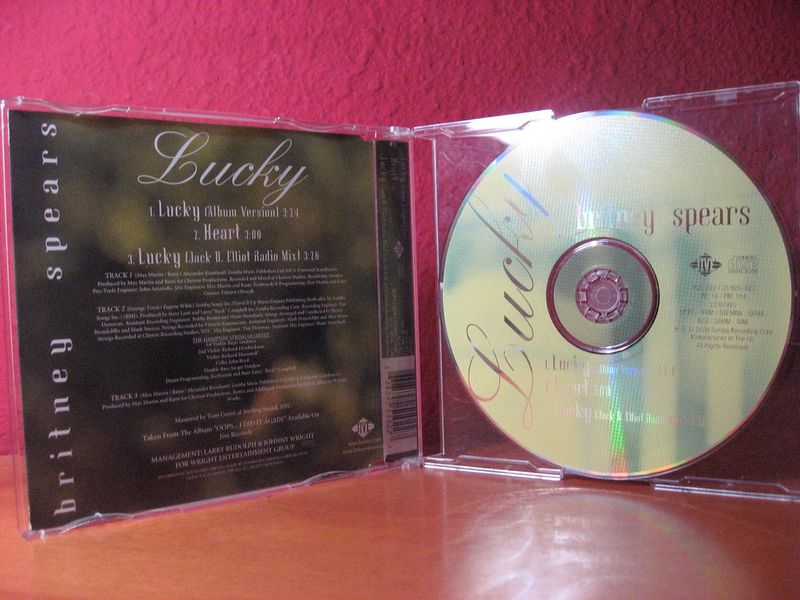
Holding a new CD in your hands created a connection to music that downloading never matched. The artwork, liner notes, and sometimes hidden tracks made each album purchase an event.
Record stores served as community hubs where music lovers discovered new artists through staff recommendations and listening stations. You’d spend hours flipping through racks to find that perfect album, then proudly display your collection at home.
Opening that plastic wrap, studying the artwork while listening to track one, and reading along with lyrics created a full sensory experience. This intentional listening encouraged fans to appreciate complete albums rather than just singles.
7. Pop Stars With Personality And Edge
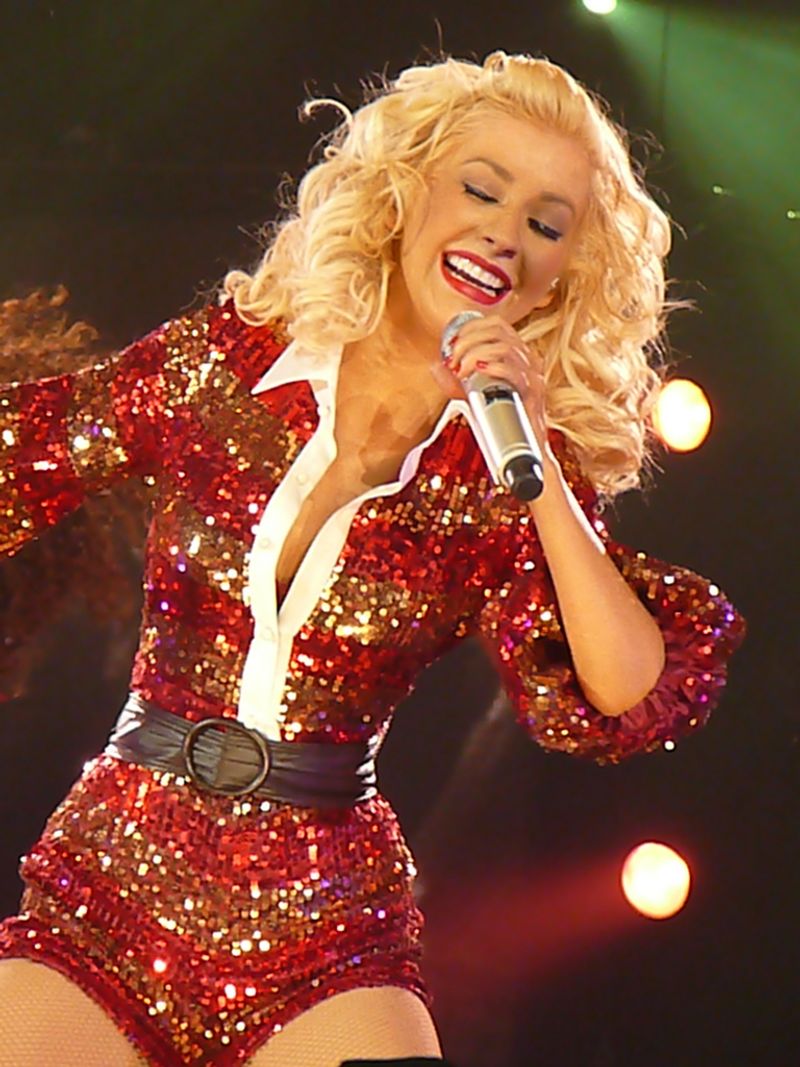
Christina Aguilera transformed from bubblegum pop to “Dirrty” provocateur. Pink challenged feminine stereotypes while delivering anthems. These weren’t manufactured stars – they had opinions and weren’t afraid to express them through their music.
Avril Lavigne brought skater attitude to mainstream pop, while Britney’s journey played out in songs that gradually revealed her struggles with fame. Each artist had a distinct identity beyond their musical style.
Even boy bands had clear personality types – the bad boy, the sensitive one, the funny guy. This character development created deeper fan connections than today’s often carefully neutralized stars whose brands avoid anything potentially controversial.
8. Rise of Indie Rock’s Golden Age
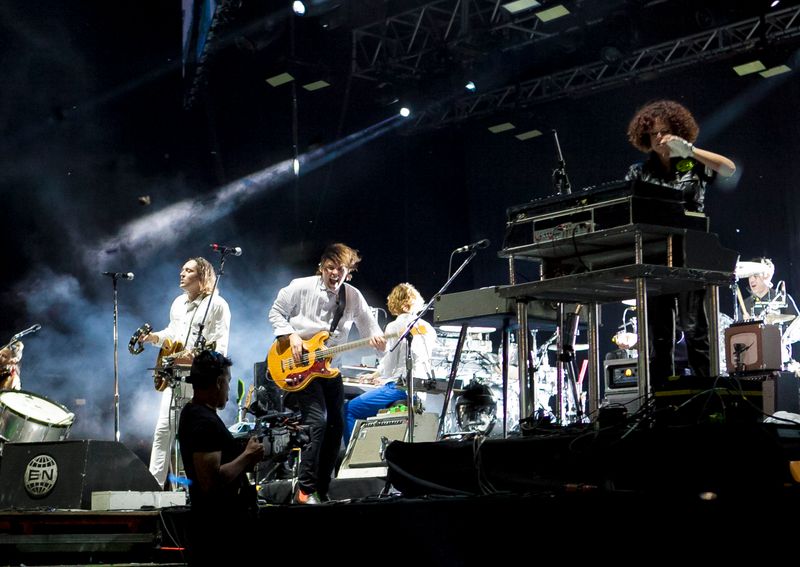
© Wikipedia, the free encyclopedia
The Strokes, Arcade Fire, and Arctic Monkeys redefined what rock could be in a post-grunge world. These bands emerged with fully-formed artistic visions that balanced experimental sounds with irresistible hooks.
MySpace and early music blogs created new discovery paths outside major label systems. Suddenly bands from small towns could build global followings without radio play or MTV rotation.
This era produced timeless albums like The Strokes’ “Is This It” and Arcade Fire’s “Funeral” that still influence alternative music today. The indie explosion proved great music could thrive outside corporate systems, establishing an alternative culture that valued authenticity over commercial appeal.
9. Hip-Hop’s Commercial Peak Without Compromise
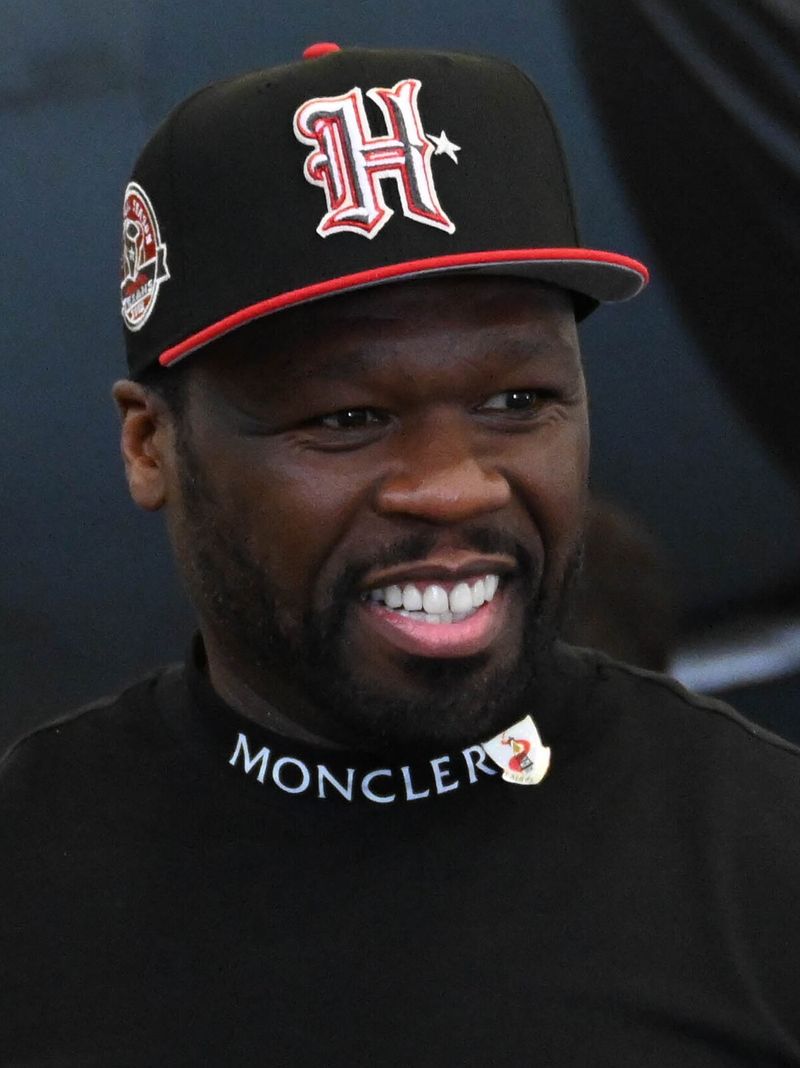
© Wikipedia, the free encyclopedia
50 Cent’s “Get Rich or Die Tryin'” sold millions without watering down his authentic street narratives. Jay-Z evolved from hustler to business mogul while maintaining lyrical excellence across groundbreaking albums.
Female MCs like Missy Elliott revolutionized production while Lil’ Kim and Eve delivered verses that still sound fresh today. The regional diversity exploded too – Atlanta, Houston, and Chicago developed distinct sounds that expanded hip-hop’s palette.
Unlike today’s often formulaic approaches, 2000s rap embraced experimentation. Outkast’s “Speakerboxxx/The Love Below” proved hip-hop could be anything – funky, psychedelic, romantic – while still dominating charts and winning Album of the Year.
10. Dance Music That Actually Made You Dance
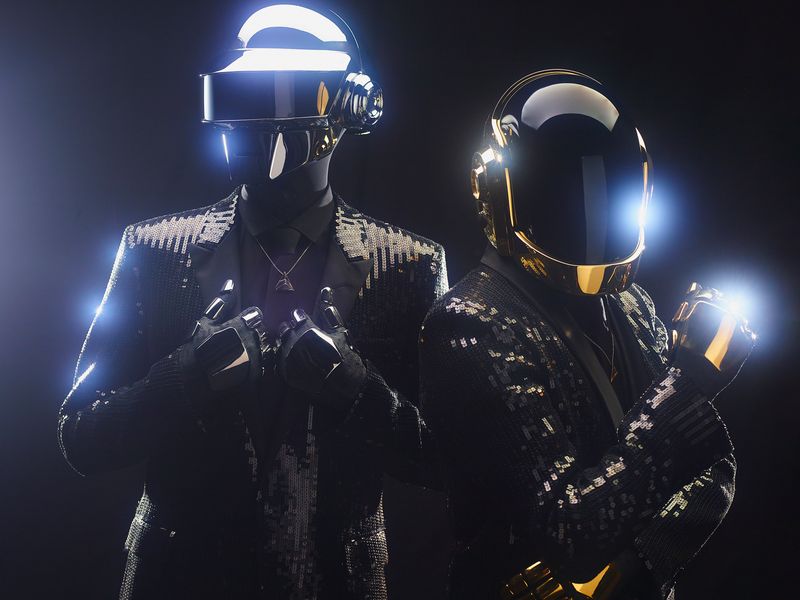
Before EDM became a wall of predictable drops, electronic music had personality and groove. Daft Punk’s “Discovery” blended disco nostalgia with futuristic production that still sounds ahead of its time.
Justice, Chemical Brothers, and LCD Soundsystem created tracks with organic elements and unexpected structures. Songs built gradually with musical ideas rather than just building to predictable bass drops.
Even mainstream club hits had distinctive character – think Cascada’s euphoric energy or Darude’s “Sandstorm” becoming an unlikely cultural phenomenon. This era of electronic music prioritized actual danceability over festival-sized sonic assaults, creating timeless tracks that still fill dance floors today.

Comments
Loading…